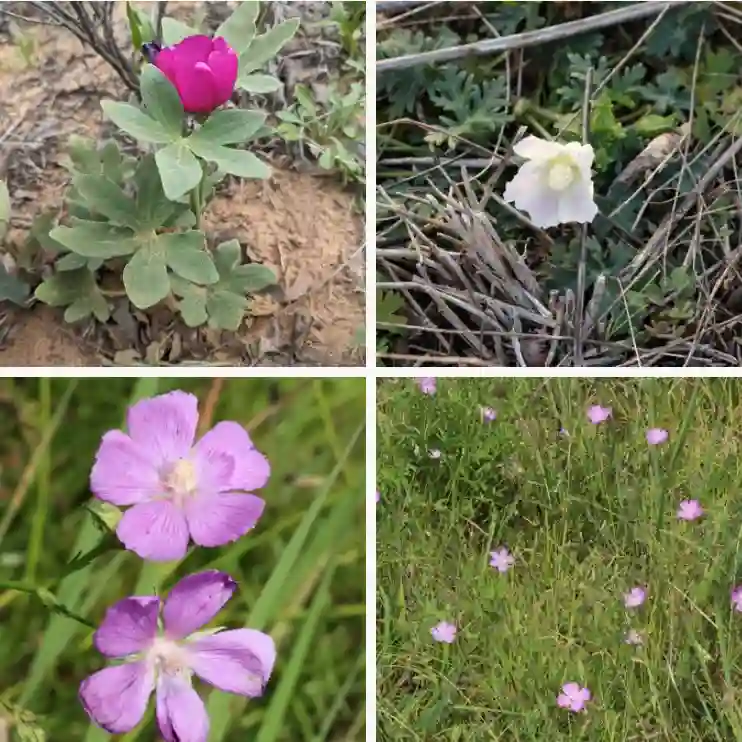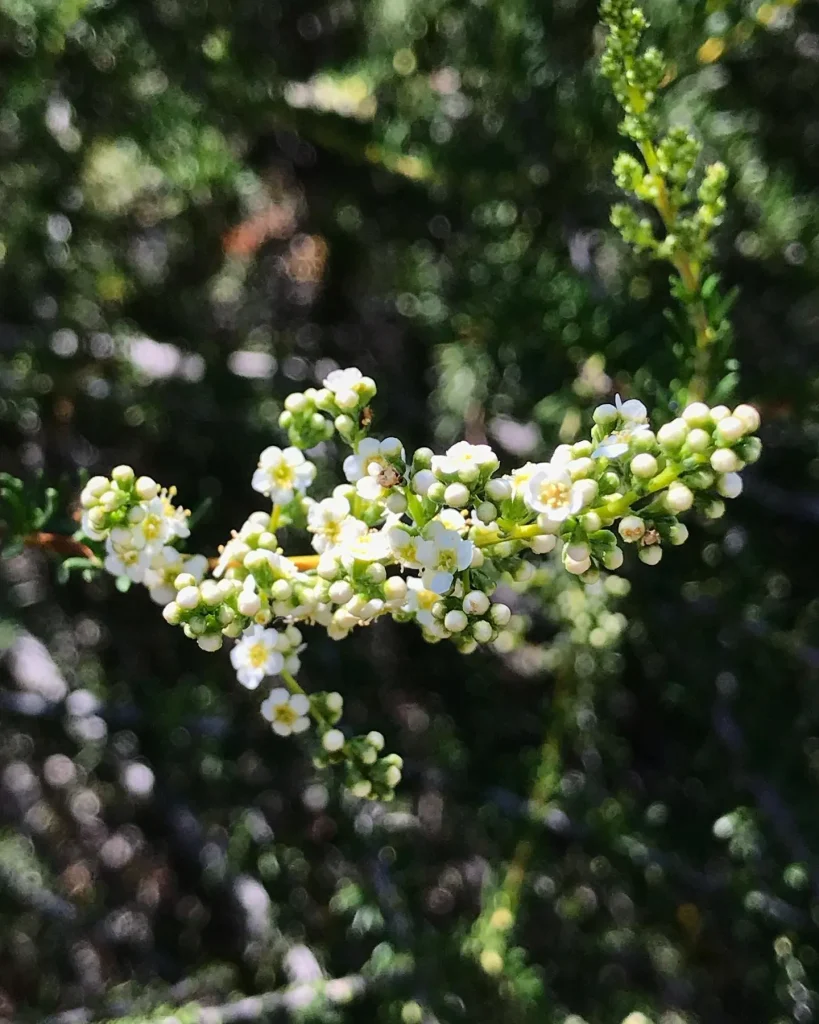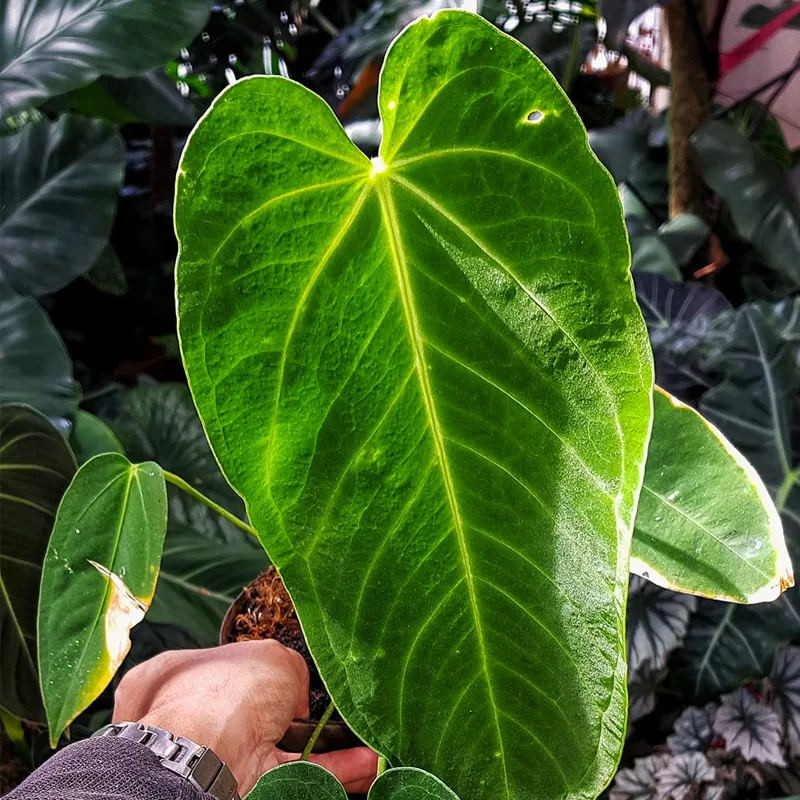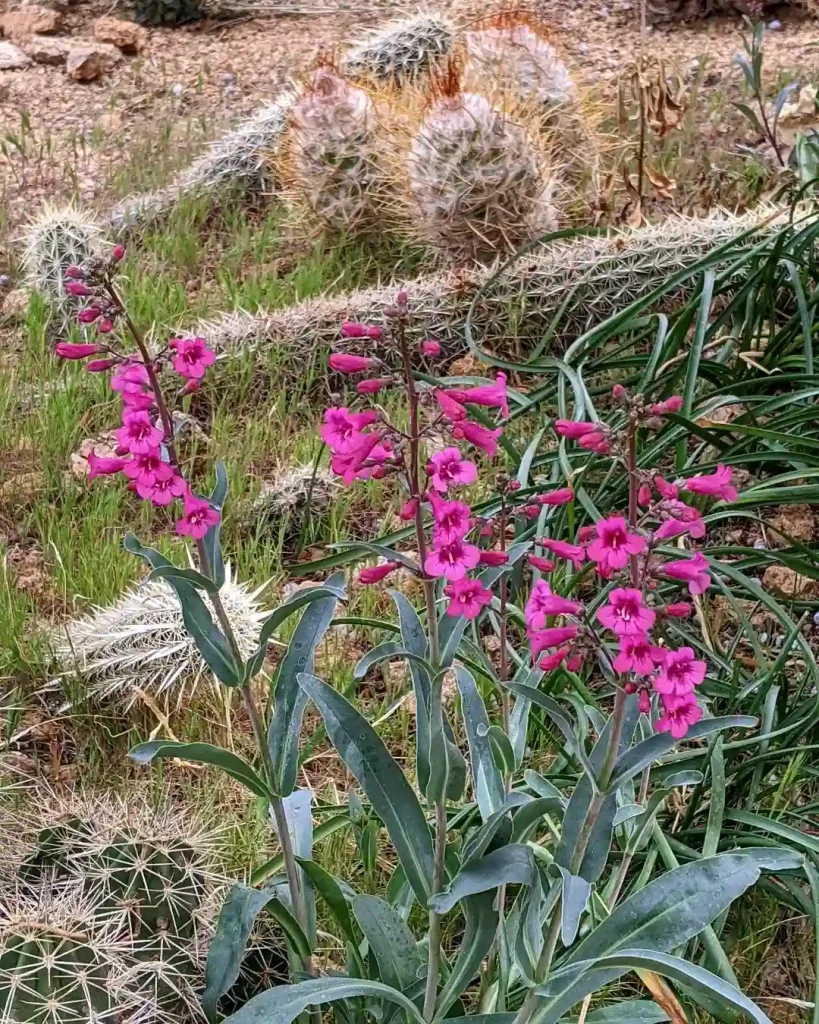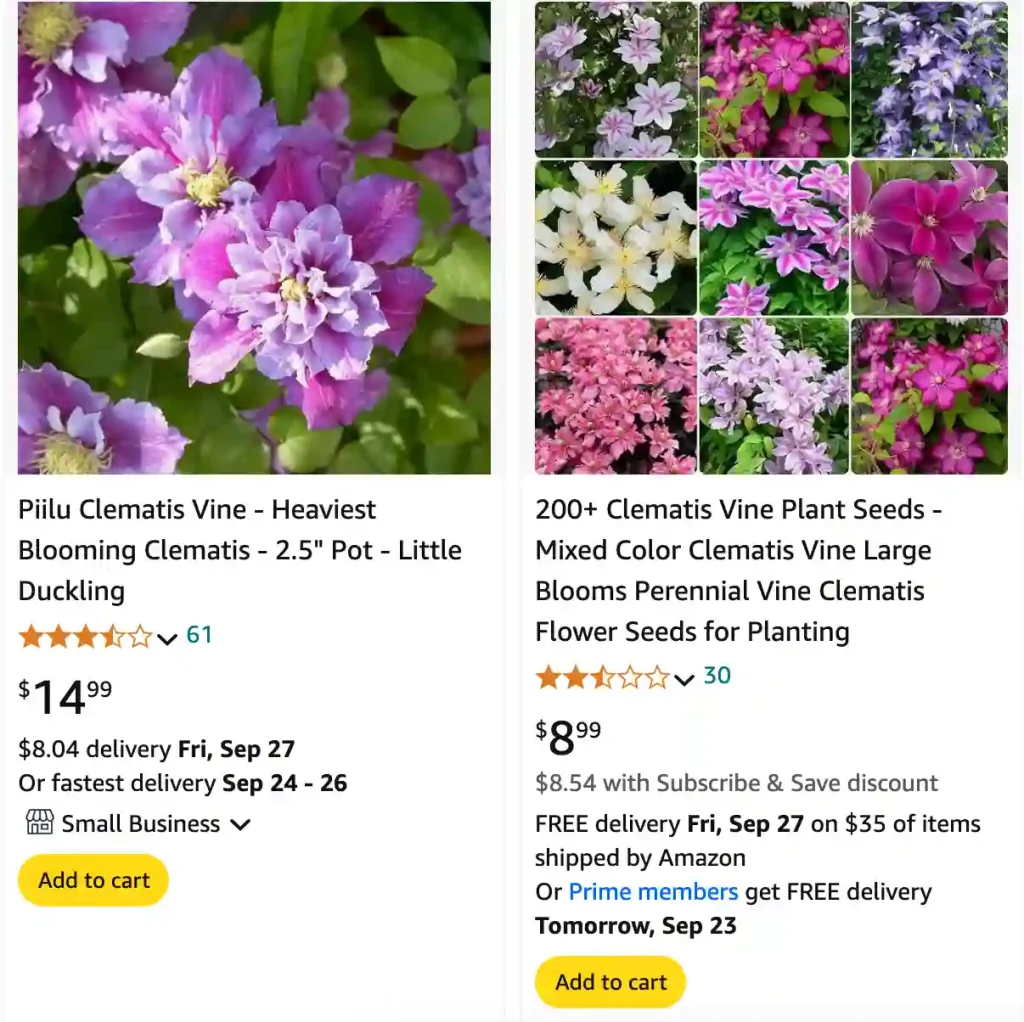
FAQs About Clematis Piilu
As a passionate gardener, I’ve had my share of experiences with various plants, but Clematis Piilu, often affectionately referred to as Little Duckling, has truly captured my heart. This charming vine offers stunning blooms and can be a delightful addition to any garden. Here, I’ll address some of the most frequently asked questions about Clematis Piilu based on my personal journey with this lovely plant.
391 Species in Genus Clematis
How to Plant Clematis Piilu?
Planting Clematis Piilu is a straightforward process, but a few key points can make a significant difference in its growth. First, choose a location that receives full sun for at least six hours a day. This plant loves sunlight and blooms best under bright conditions.
Before planting, prepare the soil. It should be well-draining and rich in organic matter. I usually mix in some compost to enhance soil fertility. When planting, dig a hole about two feet deep and wide, ensuring the crown of the plant sits just above soil level. This allows for good drainage and prevents crown rot.
Water the plant thoroughly after planting, and be sure to mulch around the base to retain moisture and suppress weeds. If you live in a warmer climate, consider providing some afternoon shade to protect the plant from extreme heat.
Where to Plant Clematis Piilu?
Clematis Piilu thrives in a spot that combines sun and shade. I’ve found that planting it near a trellis, fence, or archway works wonders, as it enjoys climbing. Ensure that the roots are shaded while the foliage can bask in the sun. Good airflow is crucial, so avoid crowded spots.
When planting with companions, consider other flowering vines or perennials that enjoy similar conditions, such as roses or daylilies. This not only creates an aesthetically pleasing garden but also maximizes the space you have.
What Group is My Clematis Piilu Little Duckling?
Clematis Piilu belongs to Group 2, which is essential for understanding its pruning needs. This group includes plants that bloom on previous year’s growth, which means they require a specific approach to pruning.
I typically prune my Piilu Clematis in late winter or early spring, just before new growth begins. When pruning, I remove dead or damaged stems and cut back to a strong pair of buds. This encourages new growth and more vibrant blooms.
When to Prune Piilu Clematis?
As mentioned, the best time to prune Piilu Clematis is in late winter or early spring. Timing is crucial here; pruning too early or too late can affect blooming. I’ve learned from experience that waiting until I see signs of new growth is a great way to determine when to start pruning.
During pruning, I like to keep the plant tidy by removing any weak stems. This not only promotes better airflow but also helps focus the plant’s energy on producing those stunning flowers.
How to Care for Clematis Piilu?
Caring for Clematis Piilu involves regular watering, especially during dry spells. I’ve found that deep watering helps establish a robust root system. Additionally, applying a balanced fertilizer in early spring gives the plant a nice boost.
Be mindful of pests like aphids or spider mites. While I’ve had a few minor infestations, regular monitoring and treating with insecticidal soap have worked well for me.
How to Propagate Clematis Piilu?
If you’re as enamored with Clematis Piilu as I am, you might want to propagate it. The best method is through cuttings. In late spring or early summer, take softwood cuttings about six inches long. Remove the lower leaves and dip the cut end in rooting hormone. Plant them in a well-draining potting mix and keep them moist until roots develop.
Can You Grow Indoor?
While Clematis Piilu is primarily an outdoor plant, I’ve seen some gardeners attempt to grow it indoors. If you have a bright, sunny window and a tall support for it to climb, it might be possible. However, I believe this plant thrives best in its natural outdoor environment where it can spread its wings.
Is It Toxic?
Good news for pet owners! Clematis Piilu is generally considered non-toxic. I’ve had my dog roaming around the garden, and I never worry about him munching on the leaves. However, it’s always best to monitor pets around any plants.
Benefits of Growing Clematis Piilu
Beyond its visual appeal, Clematis Piilu can serve as a natural privacy screen or hide unsightly structures in your garden. It attracts pollinators, which is a bonus for any garden ecosystem. Additionally, the fragrant blooms can enhance your outdoor space’s ambiance.
Common Problems
Some common issues with Clematis Piilu include wilting or yellowing leaves, which may indicate overwatering or poor drainage. I’ve had to adjust my watering habits after noticing this. Another issue is powdery mildew, especially in humid conditions. Good airflow and avoiding overhead watering can help prevent this.
Clematis Piilu is a rewarding plant to grow, and with the right care, it can become a cherished feature in your garden. Whether you’re planting, pruning, or simply enjoying its blooms, I hope this guide helps you appreciate this lovely vine as much as I do!
If i die, water my plants!
